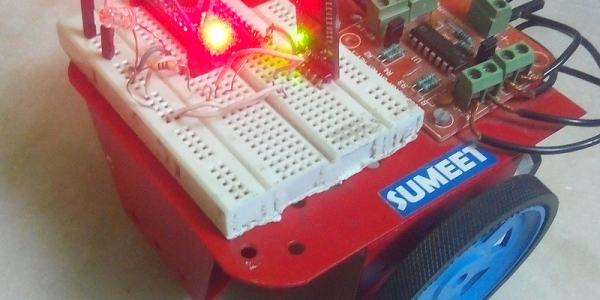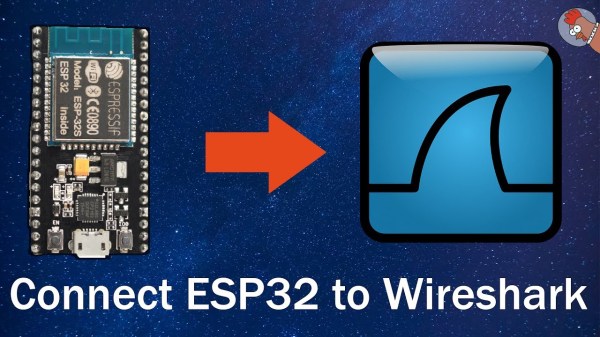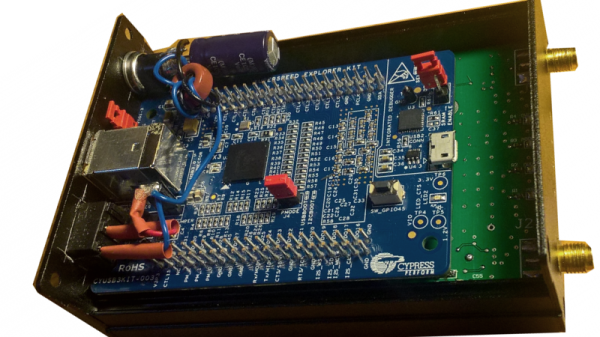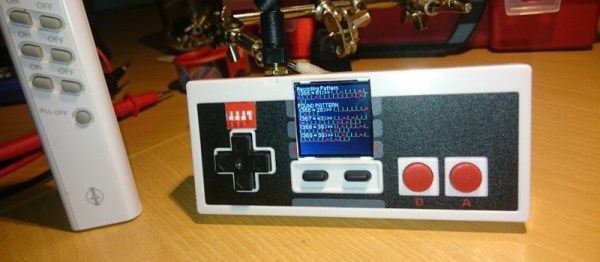[Plore], a hacker with an interest in safe cracking, read a vehemently anti-smart-gun thread in 2015. With the words “Could you imagine what the guys at DEF CON could do with this?” [Plore] knew what he had to do: hack some smart guns. Watch the video below the break.
Armed with the Armatix IP1, [Plore] started with one of the oldest tricks in the book: an RF relay attack. The Armatix IP1 is designed to fire only when a corresponding watch is nearby, indicating that a trusted individual is the one holding the gun. However, by using a custom-built $20 amplifier to extend the range of the watch, [Plore] is able to fire the gun more than ten feet away, which is more than enough distance to be dangerous and certainly more than the few inches the manufacturers intended.
Not stopping there, [Plore] went to the other extreme, creating what he calls an “electromagnetic compatibility tester” (in other words, a jammer) that jams the signal from the watch, effectively preventing a legitimate gun owner from firing their gun at 10 to 20 feet!
Not one to call it quits, [Plore] realised that the gun prevented illicit firing with a simple metal pin which it moved out of the way once it sensed the watch nearby. However, this metal just happened to be ferrous, and you know what that means: [Plore], with the help of some strong magnets, was able to move the pin without any electrical trickery.
Now, we’ve already covered the many hurdles that smart guns face, and this specific investigation of the state of smart gun technology doesn’t make the picture look any brighter. We’re aware that hindsight is always 20/20, so let us know in the comments how you would fix the problems with the Armatix IP1.
Continue reading “Smart Gun Beaten By Dumb Magnets”

















